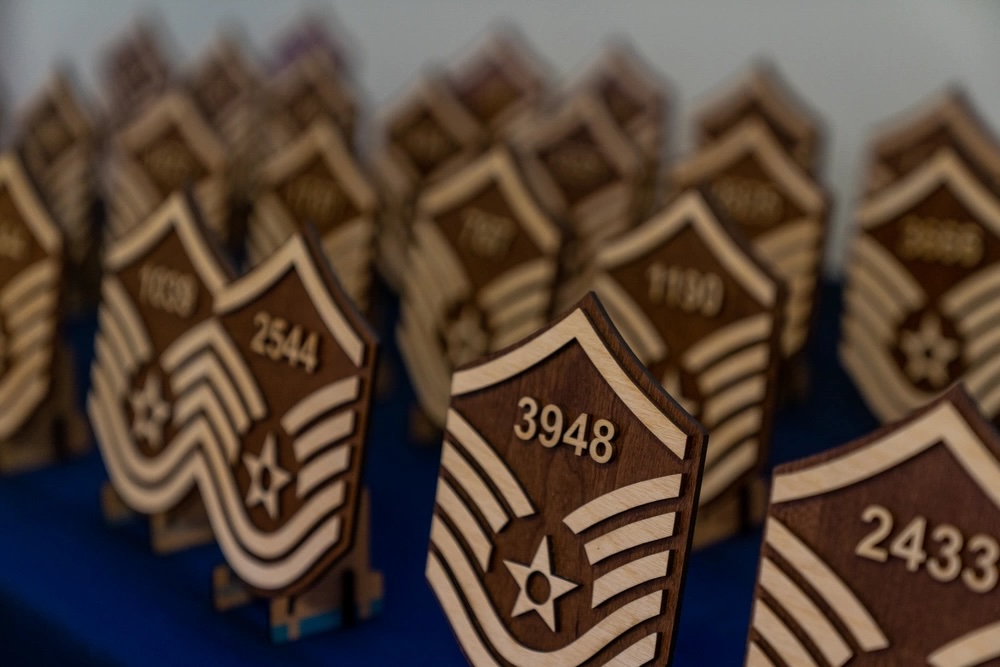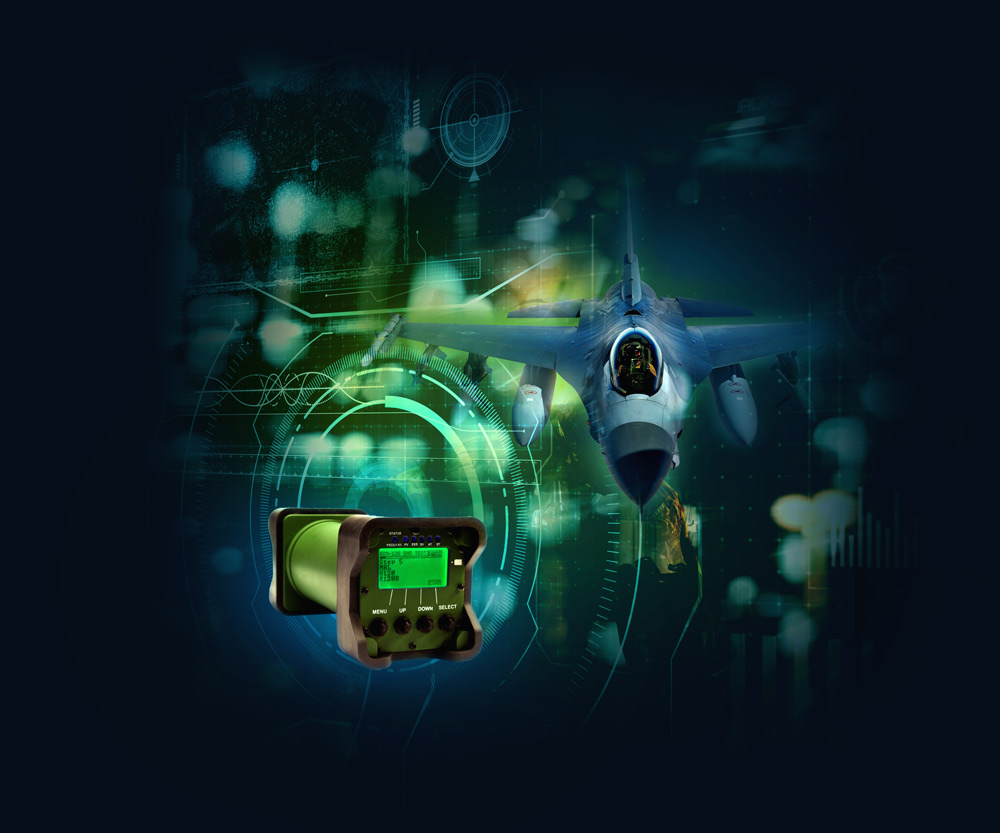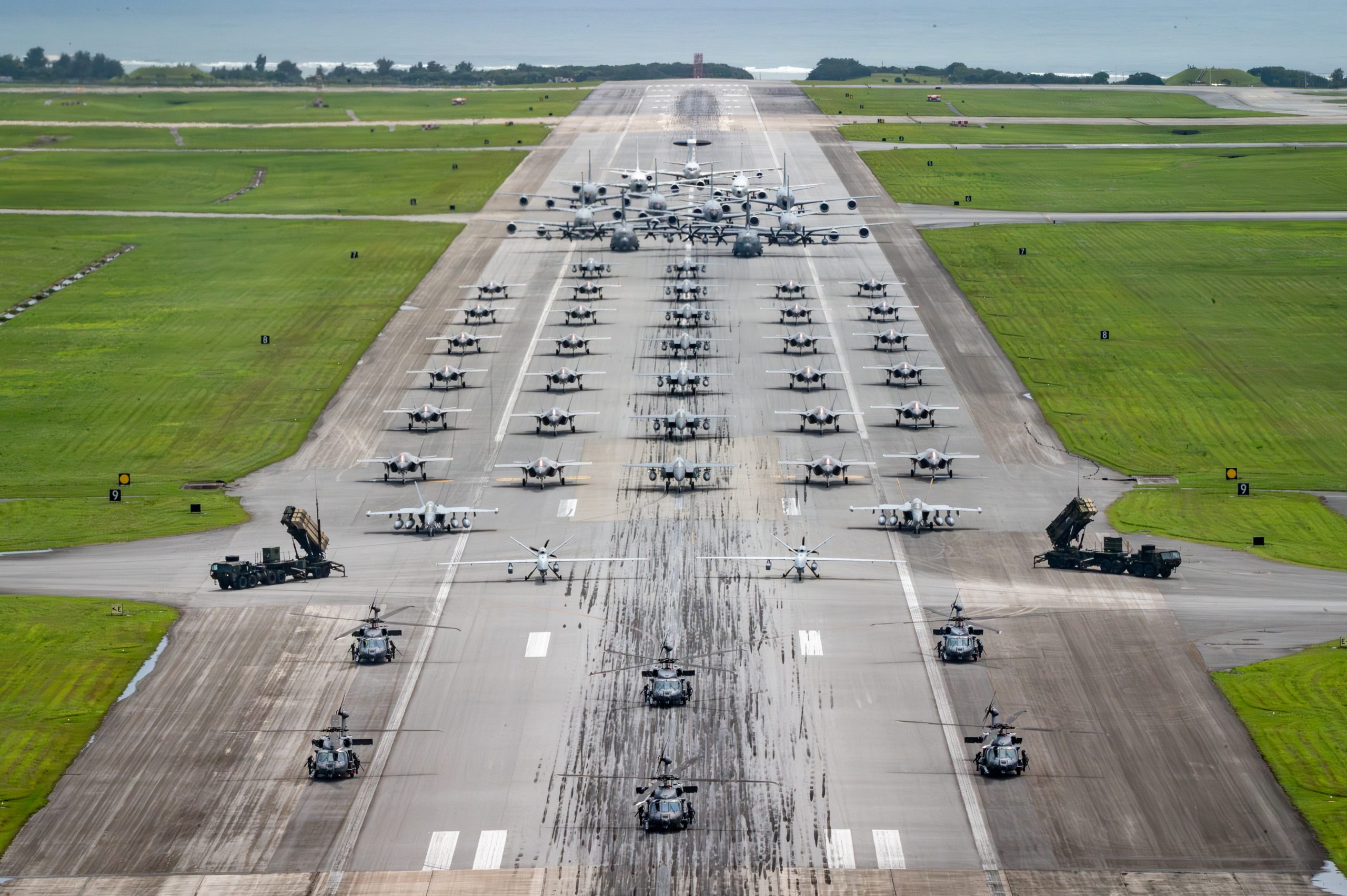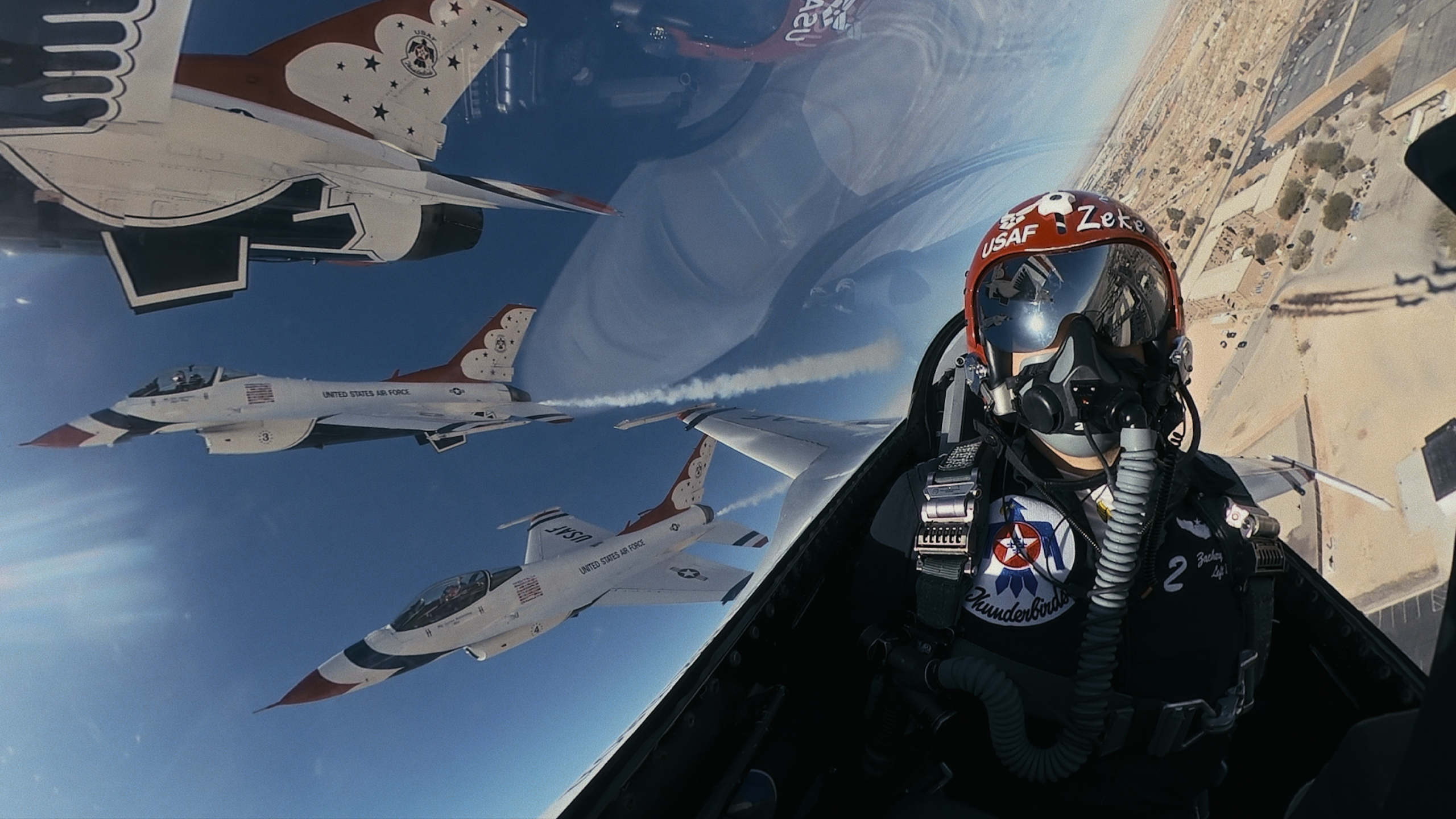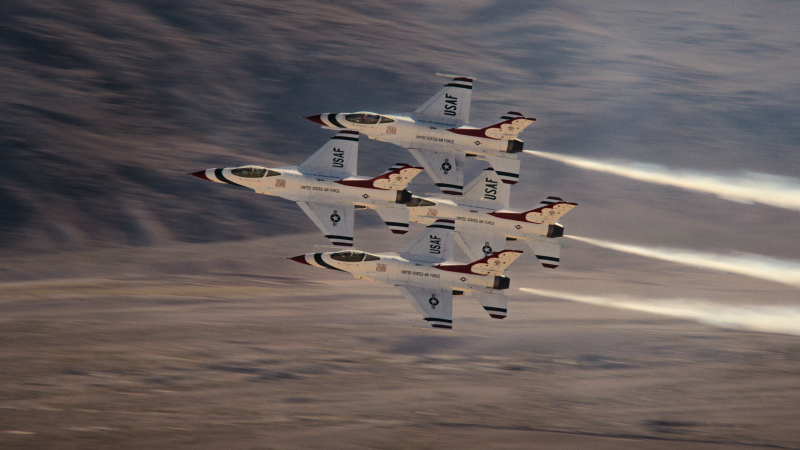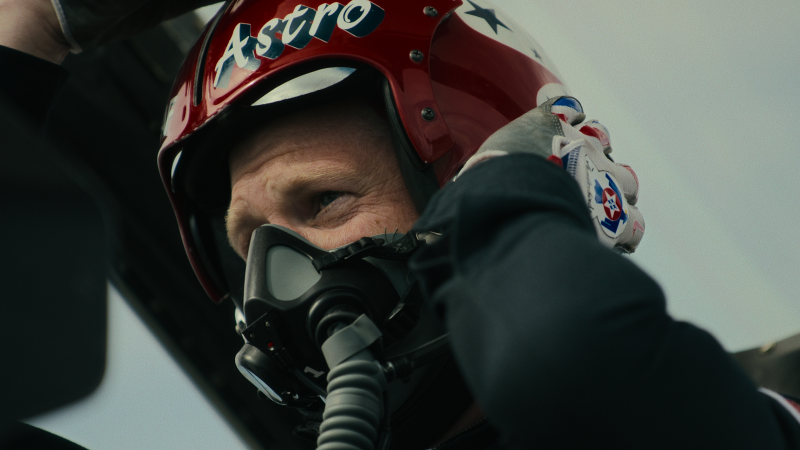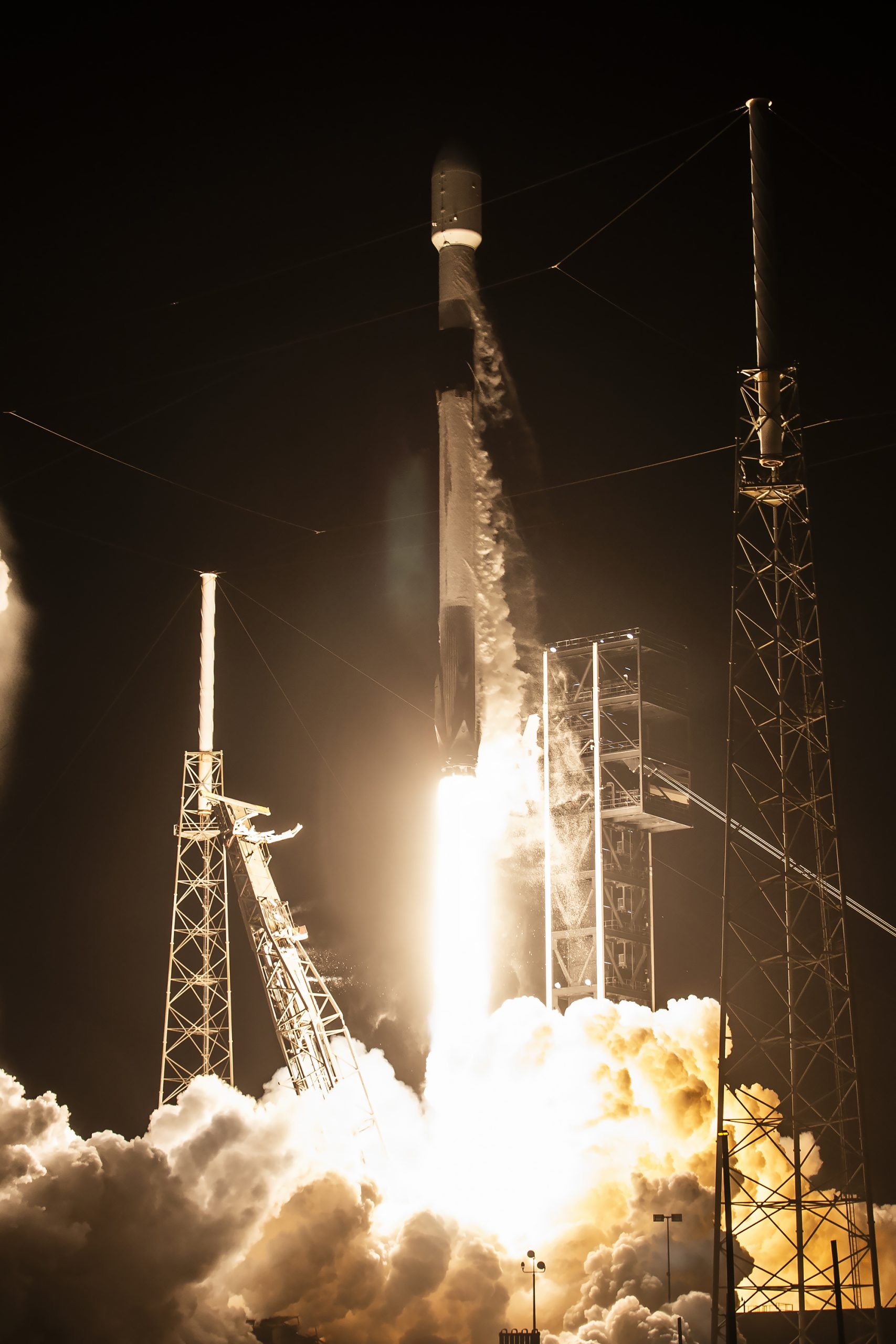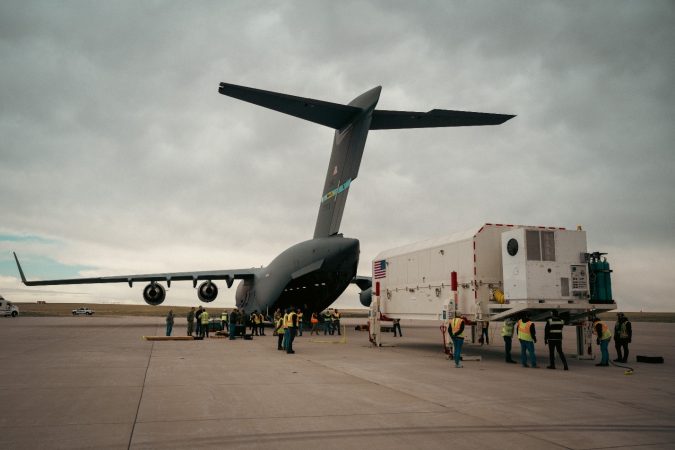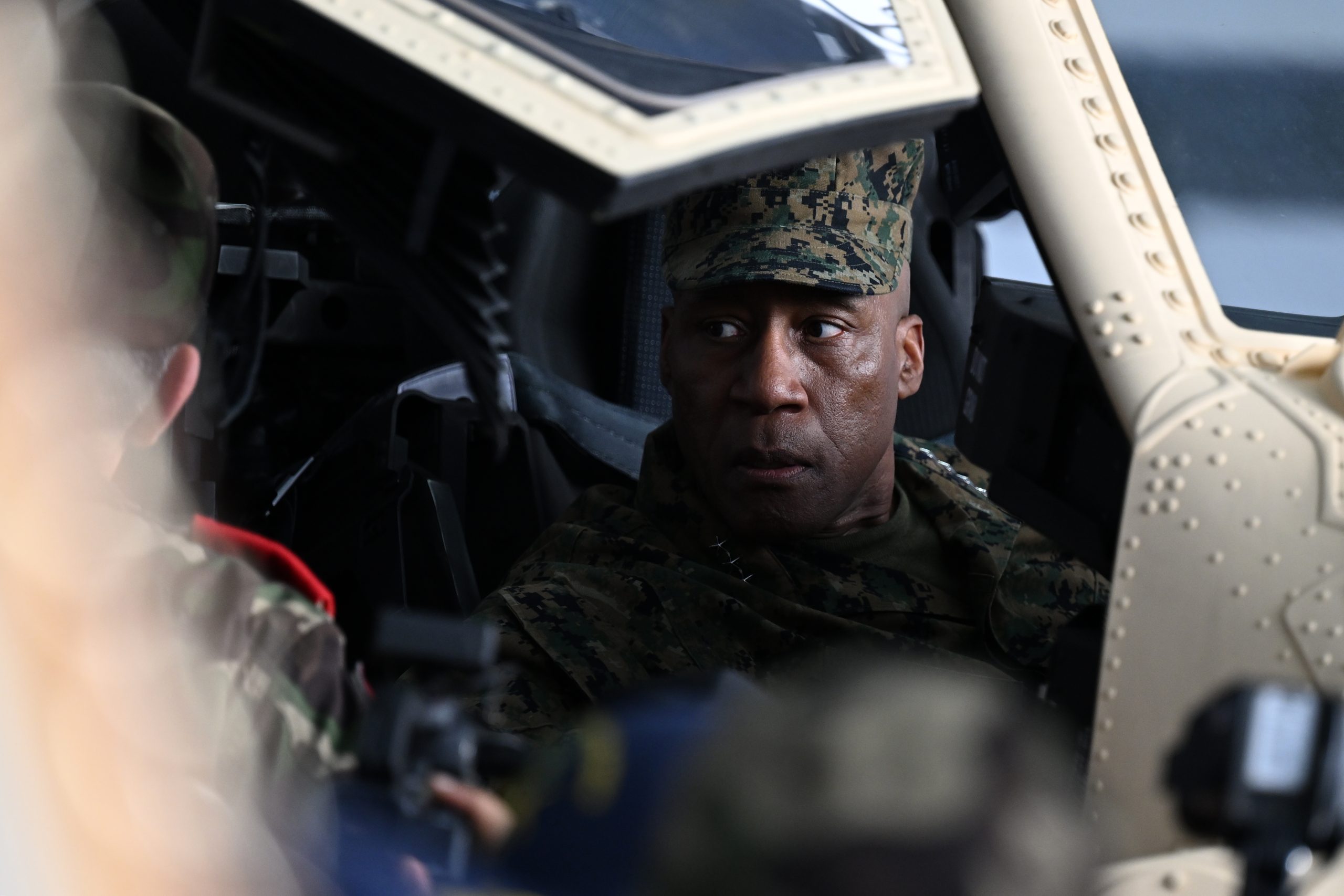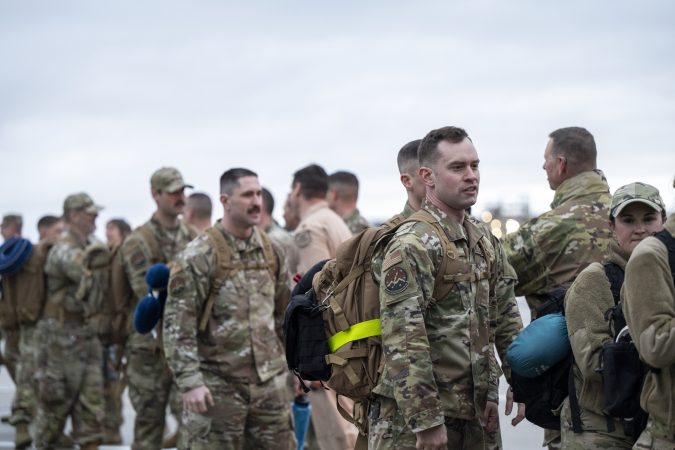Airmen had an easier time earning a promotion to master sergeant this year, as nearly 1 in 4 eligible technical sergeants were chosen to advance.
Of the 25,805 technical sergeants eligible for promotion, the Air Force selected 6,043—or 23.42 percent—to advance to the grade of E-7, according to a May 29 press release. That’s about 500 more than last year, when 5,500 technical sergeants, or 18.65 percent, moved up.
The share of technical sergeants picked for promotion this year spiked in part because the pool of eligible Airmen shrank. The 2025 rate continues a three-year growth streak since 2022, when the master sergeant promotion rate hit its lowest point in at least 12 years.
At the time, the economic uncertainty of the COVID-19 pandemic drove a surge in retention and tough competition for career advancement. Service officials also said the branch had too many noncommissioned officers without enough experience, slowing promotions. The Air Force has introduced multiple initiatives to convince Airmen to stay in uniform, including financial incentives and greater flexibility in duty station.
Last year, Lt. Gen. Caroline Miller, the Air Force deputy chief of staff for manpower, personnel, and services, told lawmakers that retention had returned to pre-pandemic levels. Miller said in April the Air Force was keeping 90 percent of Airmen overall this year, thanks to slight increases in both officer and enlisted retention—93 and 89 percent, respectively.
“The programs and policies enacted to address the previous dip in retention rates are strengthening our force, reducing gaps in warfighting capability, and shaping future investments,” Miller said in a statement for lawmakers last month.
Airmen typically spend about 14 years in uniform before reaching the rank of master sergeant. E-7s serve as technical experts who start to move away from frontline supervision into higher-level managerial roles.
The senior master sergeant promotion rate improved this year too, with an 11.64 percent promotion rate marking the highest level since 2018.
The Air Force Personnel Center plans to publish the list of master sergeant-selects on its website on June 5 at 8:00 a.m. Central Time.
| Year | Eligible | Promoted | Percent Rate |
|---|---|---|---|
| 2025 | 25,805 | 6,043 | 23.42 |
| 2024 | 29,497 | 5,500 | 18.65 |
| 2023 | 28,831 | 4,998 | 17.34 |
| 2022 | 27,296 | 4,040 | 14.80 |
| 2021 | 24,721 | 4,676 | 18.92 |
| 2020 | 22,286 | 4,649 | 20.86 |
| 2019 | 19,422 | 4,733 | 24.37 |
| 2018 | 20,866 | 6,176 | 29.60 |
| 2017 | 20,169 | 5,166 | 25.61 |
| 2016 | 21,504 | 5,019 | 23.34 |
| 2015 | 23,619 | 5,301 | 22.44 |
| 2014 | 22,678 | 4,073 | 17.96 |
| 2013 | 37,608 | 5,654 | 15.03 |
| 2012 | 19,809 | 5,464 | 27.58 |
| 2011 | 19,538 | 6,618 | 33.87 |
| 2010 | 21,829 | 5,424 | 24.85 |
